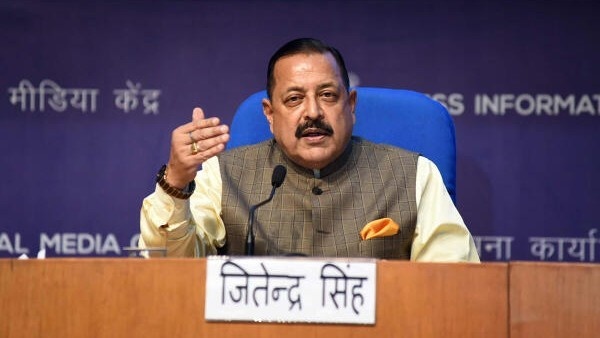
Government Employees Gain Retirement and Death Gratuity Benefits Under Unified Pension Scheme
A landmark decision by the central government has granted employees under the Unified Pension Scheme (UPS) access to retirement benefits and death gratuity, addressing a long-standing demand. This development marks a significant shift in welfare policies for public sector workers, ensuring financial security for retirees and their families. The change aims to bridge gaps in pension parity across various government employee categories, offering a more equitable benefits structure. By aligning retirement and death gratuity provisions, the government has acknowledged the growing need for comprehensive social security measures for its workforce. This move is expected to benefit millions of employees across multiple states and union territories, enhancing their retirement preparedness and post-retirement support systems.
Addressing Long-Pending Demands for Pension Parity
The introduction of retirement and death gratuity benefits under the UPS has been a critical demand from government employees for years. Many workers had previously faced disparities in pension structures, with some categories receiving limited benefits compared to others. This new policy ensures that all employees under the UPS, regardless of their state or union territory, now enjoy standardized retirement and death gratuity entitlements. The decision reflects a commitment to improving welfare infrastructure and reducing inequalities in public sector compensation. By addressing these long-pending issues, the government has not only enhanced employee satisfaction but also reinforced its role as a responsible employer. This change is particularly significant for those who have contributed decades of service to public institutions, ensuring their financial stability during and after retirement.
Administrative Reforms and Implementation Details
The implementation of these benefits involves updating existing pension frameworks and integrating the new provisions into the UPS structure. Officials have emphasized that the process will be transparent, with clear guidelines for eligibility and benefit calculations. A dedicated task force has been formed to oversee the smooth transition, ensuring minimal disruption for affected employees. The government has also announced that a phased rollout will be adopted, allowing for adjustments based on feedback and operational challenges. This approach prioritizes employee welfare while maintaining administrative efficiency. Additionally, the new benefits will be retroactive for eligible employees, providing immediate financial relief. The government has assured that all necessary resources will be allocated to ensure the seamless execution of this reform, which is seen as a major step toward modernizing public sector welfare policies.
Impact on Employee Morale and Retention
The expansion of benefits under the UPS is expected to have a positive impact on employee morale and retention. By offering financial security during retirement and post-retirement support, the government is addressing key concerns that have long influenced employee satisfaction. This move is likely to reduce attrition rates among public sector workers, particularly in critical roles where experienced personnel are essential. Additionally, the inclusion of death gratuity benefits provides a sense of security for families of deceased employees, reinforcing the government’s commitment to employee well-being. These changes are also anticipated to attract more talent to the public sector, as the improved benefits package enhances the overall attractiveness of government jobs. As a result, the policy is seen as a strategic investment in human capital, fostering loyalty and long-term service commitment among employees.
Future Implications for Pension Reforms
The introduction of retirement and death gratuity benefits under the UPS sets a precedent for future pension reforms in the public sector. It highlights the government’s willingness to adapt and improve existing welfare mechanisms to meet the evolving needs of its workforce. This decision may serve as a catalyst for further enhancements, such as increased pension payouts, better healthcare coverage, and more flexible retirement options. As the implementation progresses, it will be crucial to monitor its effectiveness and address any challenges that arise. The success of this reform could influence similar changes in other sectors, potentially leading to a more comprehensive and inclusive social security framework. Ultimately, this development underscores the importance of prioritizing employee welfare in public administration, ensuring sustainable workforce management and long-term institutional stability.




